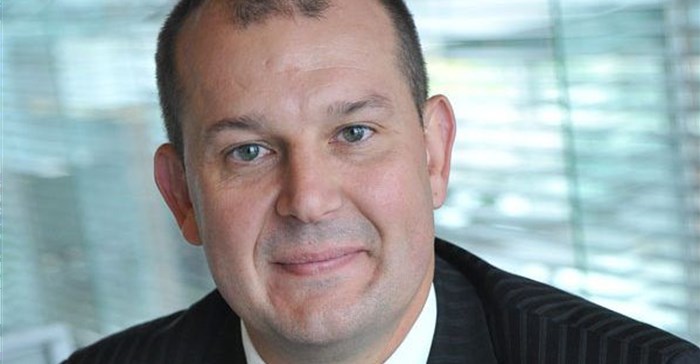Both palladium and rhodium are now more valuable than gold and platinum on an ounce-for-ounce basis, thanks to their current demand as the catalytic material of choice in an increasingly emissions-conscious age.

Johann Erasmus, head of ETFs, Standard Bank.
In fact, the US dollar price of both palladium and rhodium has increased by 40% and 84% respectively since January 2018, and 117% and 310% over the two years since January 2017.
At the same time, the value of platinum, the other major PGM metal, has decreased by 11% since January 2018, largely due to production surpluses and reduced demand for platinum in the jewellery sector.
Despite these sustained PGM price trends, the exchange-traded funds (ETFs) investor market has behaved somewhat counterintuitively. “Investors maintain their commitment to platinum ETFs even as they decreased their investment in better-performing palladium and rhodium ETFs," says Johann Erasmus, head of ETFs at Standard Bank.
Some of the sell-off of palladium and rhodium ETFs can be explained by profit taking as, investors lock in the huge price gains achieved by palladium and rhodium ETFs over the last two years compared with the performance of the local equity market. Since all indicators show that palladium and rhodium prices are set to continue to increase over the next two to three years, however, “suggests that the sell-off of these two ETFs may be premature,” he says.
The car market
As Europe and China continue their migration to the use of smaller and more efficient gasoline cars, and China introduces ever-tighter emissions controls, vehicles in these markets will require higher loadings of both palladium and rhodium. “Both metals are preferred by the manufacturers of catalytic converters of gasoline cars,” explains Erasmus.
Moreover, the recent ‘diesel-gate’ scandal raised environmental concerns around the fuel, driving a general move away from diesel vehicles, especially in Europe, traditionally a large user of diesel vehicles. Since platinum is the PGM metal of choice for diesel vehicles, the global move away from diesel, “explains to some extent the diminishing price of platinum relative to palladium and rhodium,” says Erasmus. Moreover, the sustained growth in demand for gasoline vehicles in both the United States and China is only serving to reinforce these trends. At the same time Europe’s introduction of tighter controls on diesel is being augmented by legislation encouraging the development of hybrid electric and gasoline cars.
“All these trends are combining to drive higher industrial loadings of palladium and rhodium – at the expense of platinum,” says Mr Erasmus. Market trends in favour of palladium and rhodium relative to platinum are also supported by production trends.
South Africa looks set to continue with a surplus supply of platinum despite the shutting down of marginal operations. The closure of these operations, however, also reduces the supply of palladium and rhodium which occur and are produced along with platinum in the same operations. As such, attempts to reduce the supply of platinum will actually, “add to price pressures on rhodium and palladium,” he says.
While these supply and price trends may cause manufacturers to replace more expensive palladium with platinum, since this is a long and expensive process, this will not happen overnight. In the short term, “demand for palladium and rhodium is likely to continue with longer term upside for platinum if more demand is stimulated,” says Erasmus.

































